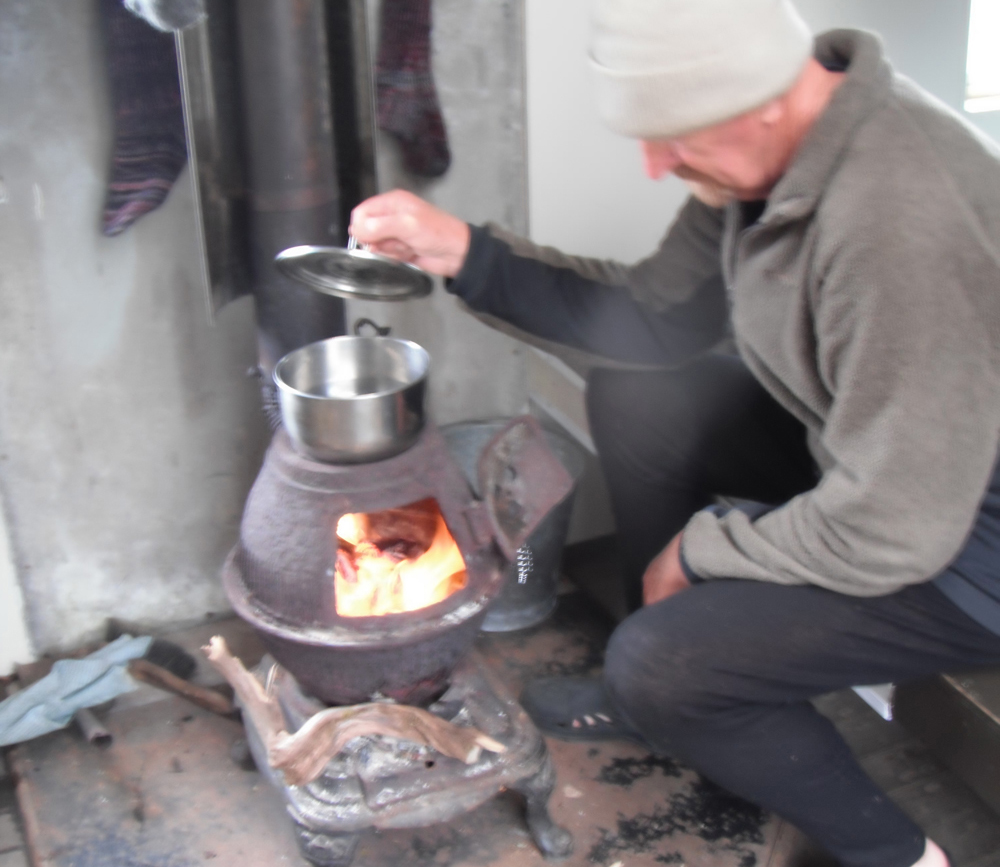If you are staying in a backcountry hut during your next tramping trip or just want to make better use of your log burner at home, then here are a few tips that you might find helpful.
Generally most types of modern wood burning stoves are very effective in providing a steady heat source for both heating and cooking. The main problem that most trampers face in backcountry huts is the availability of dry fire wood, but if you can overcome that issue, then your wood burning stove is one of your best cooking tools. They can take a little while to heat up, but once they hot you can be assured of a good supply of constant heat.
To get the best use out of this heat source for cooking you will need to plan ahead and be prepared to be a little more flexible in your meal preparation. Here are a few points to consider if you starting from scratch with a cold wood stove.
- Light the wood stove at your first opportunity, even a small fire will start things warming up and you can add more wood later to get to full heat.
As soon as the stove is going, put on a pot or two of clean drinking water. Meal preparation is so much quicker if you have warm water available and even if you don’t use all the warm water yourself, someone else will be happy you made it available. - If you have dehydrated food to prepare for your next meal, then add some warm water to it as soon as possible, or start off with cold water and put it on the stove to warm up. The longer the soaking time the better you meal will rehydrate.
- Consider starting your meal (particularly evening meals) as early as possible. Some popular huts can get very crowded at meal times with everybody wanting to use the wood stove at once. Most stove top meals can be cooked in advance and then just warmed through again when you are ready to eat.
If for whatever reason the wood stove is only putting out a low heat, then start your meal off on your gas burner to bring it to the boil and then transfer it to the stove top. It is surprising how effective a low level of heat can be at cooking food. - Finally, once you have cooked and eaten your meal, and the demand for stove top space has diminished, then start thinking about preparing your next meal. Don’t let good heat go to waste. Maybe consider cooking up some of those food items that require longer cooking times, like chickpeas, beans, lentils. Even when you are tramping many meals can be partly cooked in advance.

